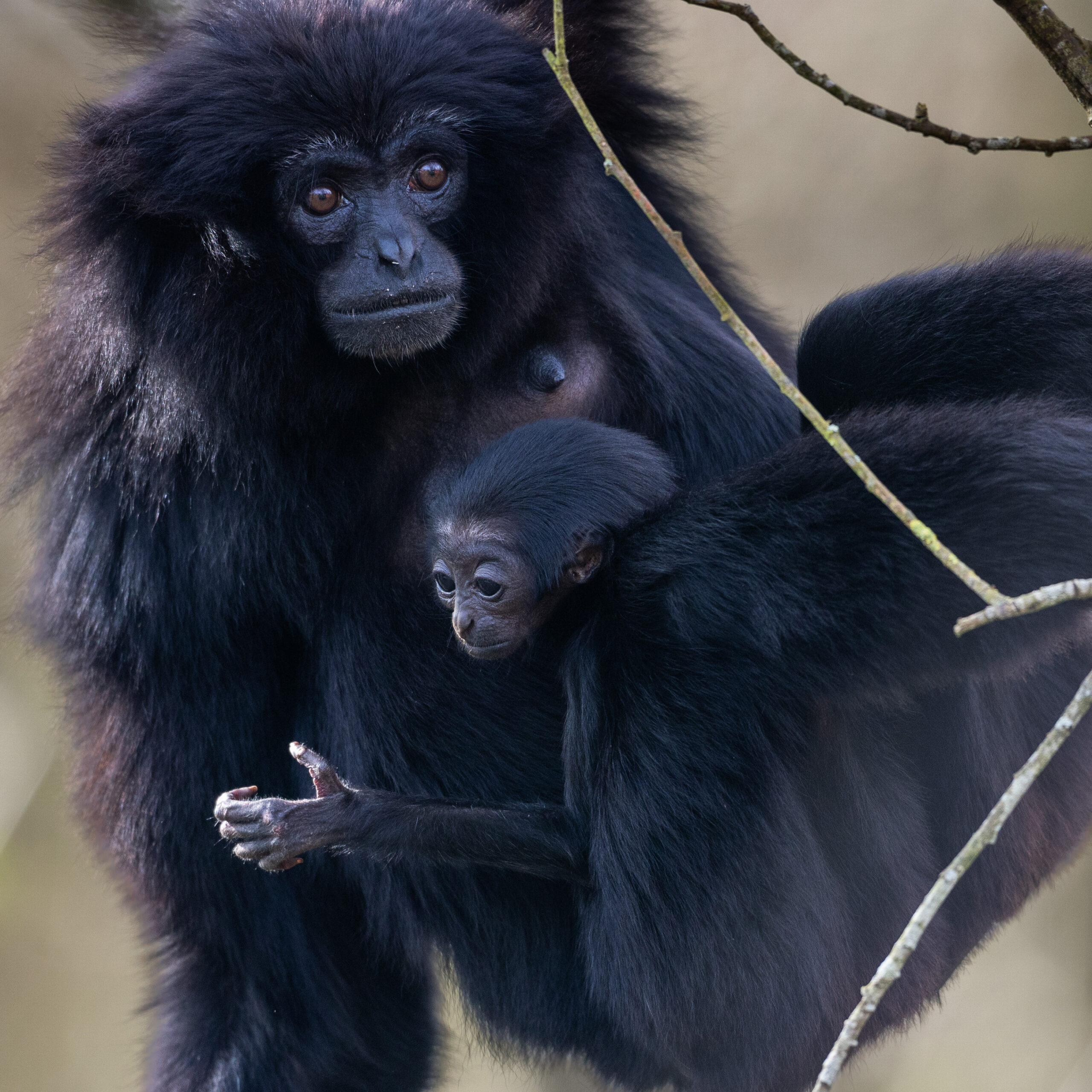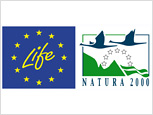We love the dreaded stinging nettle and you should too! Here’s just a few reasons why this native plant is great.
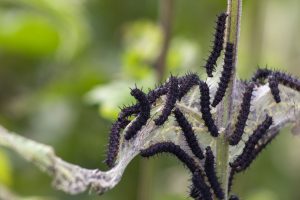
We have several nettle patches around Fota Wildlife Park, away the main paths of course! Though hated by many humans, the nettle is an important native plant for wildlife, providing a home for many species of insect including some of our most colourful butterflies.
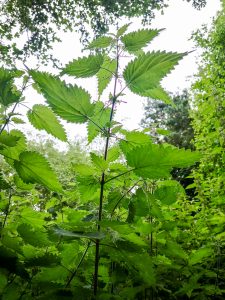
Though in amongst the stinging leaves of the nettle for such small animals, but it is because of this that so many insects chose the plant. The stings on the nettle natural deter many grazing animals from eating the plant. This makes the ideal habitat for insects, with little danger of the larvae or adult insects being eaten.
This time of year you may have noticed butterflies using the plant as a host species for it’s larva and caterpillars, butterfly larvae feed in large groups in silken tents at the top of the nettle stems. Some of the patches here at the park have been busy with peacock butterfly caterpillars, like you can see in these photos.
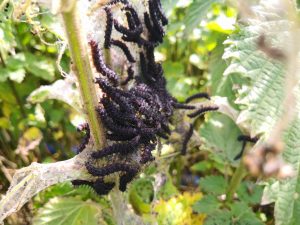
Close-by to the nettle you will often find its sting’s remedy in the form of dock leaves, which are frequently used to calm the skin after a sting.
The seed the nettle produces at the end of the summer also provides a food source for many of our seed eating birds and the plant provides an important refuge for one of our rarest birds, the Corncrake. Their habitats consist of dense cover such as grass meadows or nettle patches and indeed these planting nettle patches has been one of the measures used in efforts to bring the Corncake back from near extinction in Ireland.
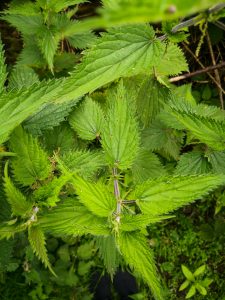
Ireland still has wild populations of the Corncrake in Donegal and Mayo, but the bird is all but extinct from the Shannon callows, which was once a stronghold of the bird in this country.
Fota Wildlife Park have been involved with a Corncrake breeding programme, with a plan to breed the birds within the Park and prevent them from seeing the sky until they are transferred to another location. The birds are able to survive independently from their parents after about 18 to 20 days and they will map their new ‘home’ area on viewing the sky for the first time before returning back to the same area from Africa each year.
LATEST NEWS
Update – April 6th Fota Wildlife Park Closed Due to Expected Weather
Fota Wildlife Park will close Saturday, April 6th, 2024 due...
Star Athletes Ryan Creech and Freya and Nellie Bateman launch the 2024 Cheetah Run
Star runner, Ryan Creech of Leevale Athletic Club (AC) and...
New Addition to the Fota Wildlife Park Family: Agile Gibbon Welcomed to the World
New Addition to the Fota Wildlife Park Family: Agile Gibbon...
2024 Summer Opening Hours – From March 16th
March 16th 2024 until October 2024 – SEE CURRENT TIMES...


